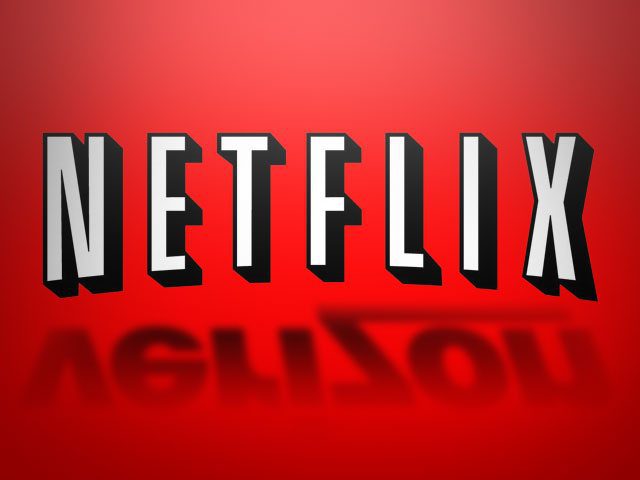
She couldn’t play an episode of “Breaking Bad” without it stopping, she said, even after her family upgraded their FiOS Internet service to a faster, more expensive package. The bottleneck has made Netflix unwatchable for Jen Zellinger, an information-technology manager from Carney, Md., who signed up for the service last month. The end result: “unwatchable programming”: The result is that the speed of NFLX traffic is crashing, something which will make watching its High Definition content increasingly more unpleasant as buffering times mean more time sitting watching spinning circle, and less time watching content. Neither side is budging, people familiar with the matter said, leading to growing congestion. Verizon said it treats all Internet traffic equally.

Netflix said it carefully plans its routing to make sure customers have the best experience possible. Executives at major broadband providers, meanwhile, privately blame the traffic jam on Netflix’s refusal to distribute its traffic more efficiently. People familiar with Cogent’s and Netflix’s thinking say the cable and telephone companies are delaying upgrading existing connections. Until the standoff gets resolved, the bulk of Netflix’s traffic continues to flow across Internet intermediaries, including low-cost carrier Cogent Communications Group Inc. have resisted, insisting on compensation.Īnd while there is no legal basis with which Netflix can be pushed to pay for traffic, backbone companies are quietly putting the squeeze on the House of Cards maker where it hurts most: watching enjoyment. providers-Verizon, Comcast, Time Warner Cable and AT&T Inc. Not surprisingly, Netflix wants broadband companies to hook up to its new video-distribution network without paying them fees for carrying its traffic.
#Netflix throttled series#
The slowdown comes as Netflix is rolling out the new season of its Emmy-winning series “House of Cards.” Now the long simmering conflict has heated up and is slowing Netflix, in particular, on Verizon’s fiber-optic FiOS service, where Netflix says its average prime-time speeds dropped by 14% last month. VZ and other broadband providers for months over how much Netflix streaming content they will carry without being paid additional fees. The online-video service has been at odds with Verizon Communications Inc. subscribers have seen a lot more spinning wheels lately as they wait for videos to load, thanks to a standoff deep in the Internet. The WSJ reports that the war between the broadband-ers and the video streaming company has finally emerged from the “cold” phase and is fully hot.

… broadband providers are finally making their move, and in a preliminary salvo whose ultimate compromise will be NFLX paying lots of money, have started to throttle Netflix traffic. Emboldened by the recent Net Neutrality ruling, which has put bandwidth hogs like Netflix which at last check was responsible for over 30% of all downstream US internet traffic… The streaming services getting throttled the most are YouTube, Amazon Video, Netflix, and Spotify, in that order.For years, the Netflix streaming business has been growing like a parasite, happy to piggyback on established broadband infrastructures, where the broadband companies themselves have becomes competitors to Netflix for both distribution and content. To be fair, the numbers are also based on the size of the network and the number of users on that network, so Verizon can probably gloat that it has the largest network based on this study.

This is followed by AT&T's 8,398, T-Mobile's 3,900, and Sprint's 339. Verizon is at the top with 11,100 reported instances. The study also names which carriers have had the most number of such differentiation activities, as reported by the app installed on more than 100,000 consumers' phones. In some cases, the app reported the likes of Netflix downloading at 1.77 Mb/s (megabits per second) while normal network rates are at 6.62 Mb/s. In this particular case, it measures how fast a carrier delivers streamed video data compared to other network speeds at the same time. It watches when a type of network traffic has a different speed than other types of traffic, mostly due to throttling. The numbers come via the Wehe app, developed by David Choffnes, that was designed precisely to monitor "differentiation" in network speeds.


 0 kommentar(er)
0 kommentar(er)
